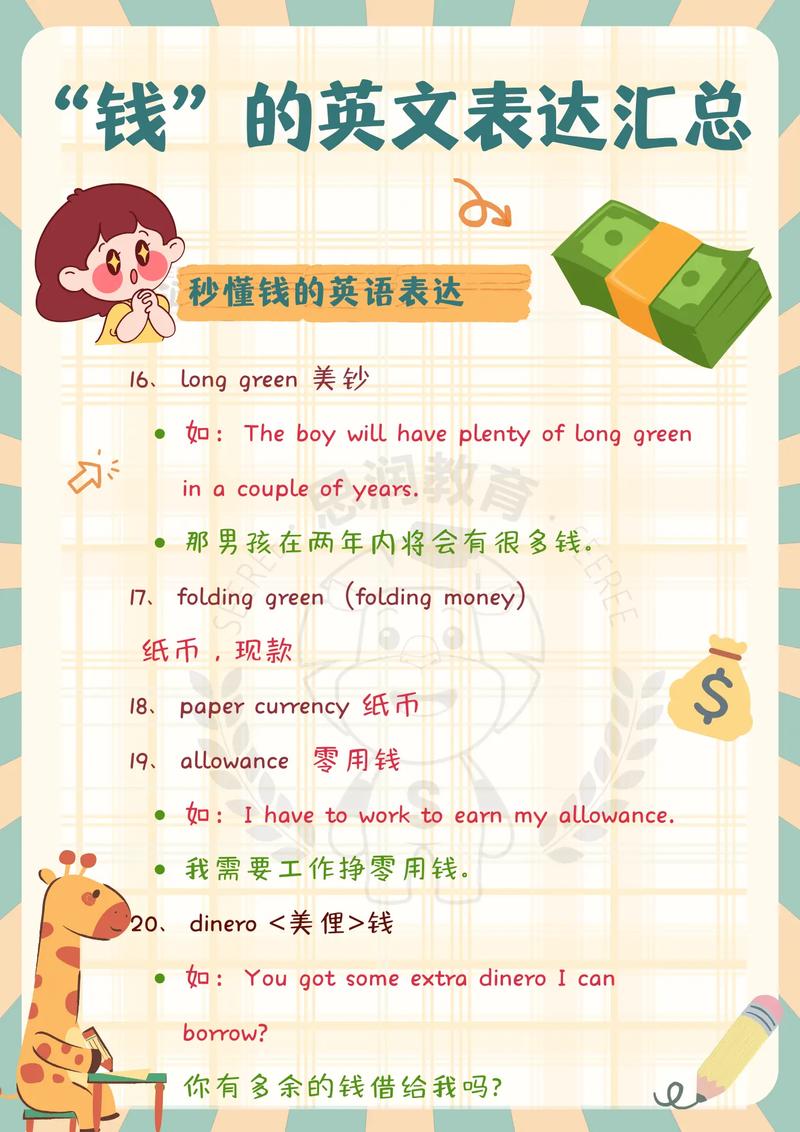
How to Make Paper Money at Home
Creating your own paper money can be a fun and creative project, whether you’re a hobbyist, a collector, or simply looking to add a unique touch to a special occasion. While it’s important to remember that homemade paper money is not legally tender, it can serve as a fascinating craft or a personalized gift. Below, we’ll guide you through the process of making paper money at home, covering the materials, techniques, and design considerations.
Materials Needed
Before you start, gather the following materials:

| Material | Description |
|---|---|
| Watercolor paper | High-quality, acid-free paper is ideal for durability and a professional look. |
| Watercolor paints | Use vibrant colors to make your paper money stand out. |
| Pen or marker | For writing denominations and other details. |
| Scissors | For cutting the paper to the desired size. |
| Glue or tape | For securing the edges of the paper money. |
| Optional: Embellishments | Such as stamps, stickers, or metallic markers for added flair. |
Designing Your Paper Money
Designing your paper money is a crucial step that can make your homemade currency unique. Consider the following tips:
-
Choose a denomination: Decide on the value of your paper money, such as $1, $5, or $10.
-
Research real currency: Look at actual paper money to get inspiration for design elements, such as symbols, borders, and watermarks.
-
Keep it simple: Avoid overly complex designs that may be difficult to replicate or understand.

-
Incorporate your theme: If you’re making paper money for a specific event or occasion, include relevant symbols or images.
Creating the Paper Money
Follow these steps to create your paper money:
-
Print the design: Use a printer to print your design onto the watercolor paper. Ensure the design is centered and the edges are even.
-
Color the paper: Once the design is printed, use watercolor paints to add color to the paper. Be sure to let the paint dry completely before proceeding.
-
Cut the paper: Use scissors to cut the paper to the desired size, typically 6.5 inches by 2.6 inches for U.S. currency.
-
Write the denomination: Use a pen or marker to write the denomination in a clear and legible font on the paper money.
-
Embellish if desired: Add any additional embellishments, such as stamps, stickers, or metallic markers.
-
Secure the edges: Use glue or tape to seal the edges of the paper money, ensuring it’s sturdy and durable.
Storing and Displaying Your Paper Money
Once your paper money is complete, you may want to store or display it. Here are some suggestions:
-
Storage: Keep your paper money in a cool, dry place to prevent damage from moisture and sunlight.
-
Display: Frame your paper money to showcase it as a unique piece of art or a personalized gift.
-
Collecting: If you’re interested in collecting homemade paper money, consider creating a display case or album to store your collection.
Legal Considerations
While homemade paper money is not legally tender, it’s important to be aware of the following legal considerations:
-
Do not pass off homemade paper money as real currency.
-
Do not use homemade paper






